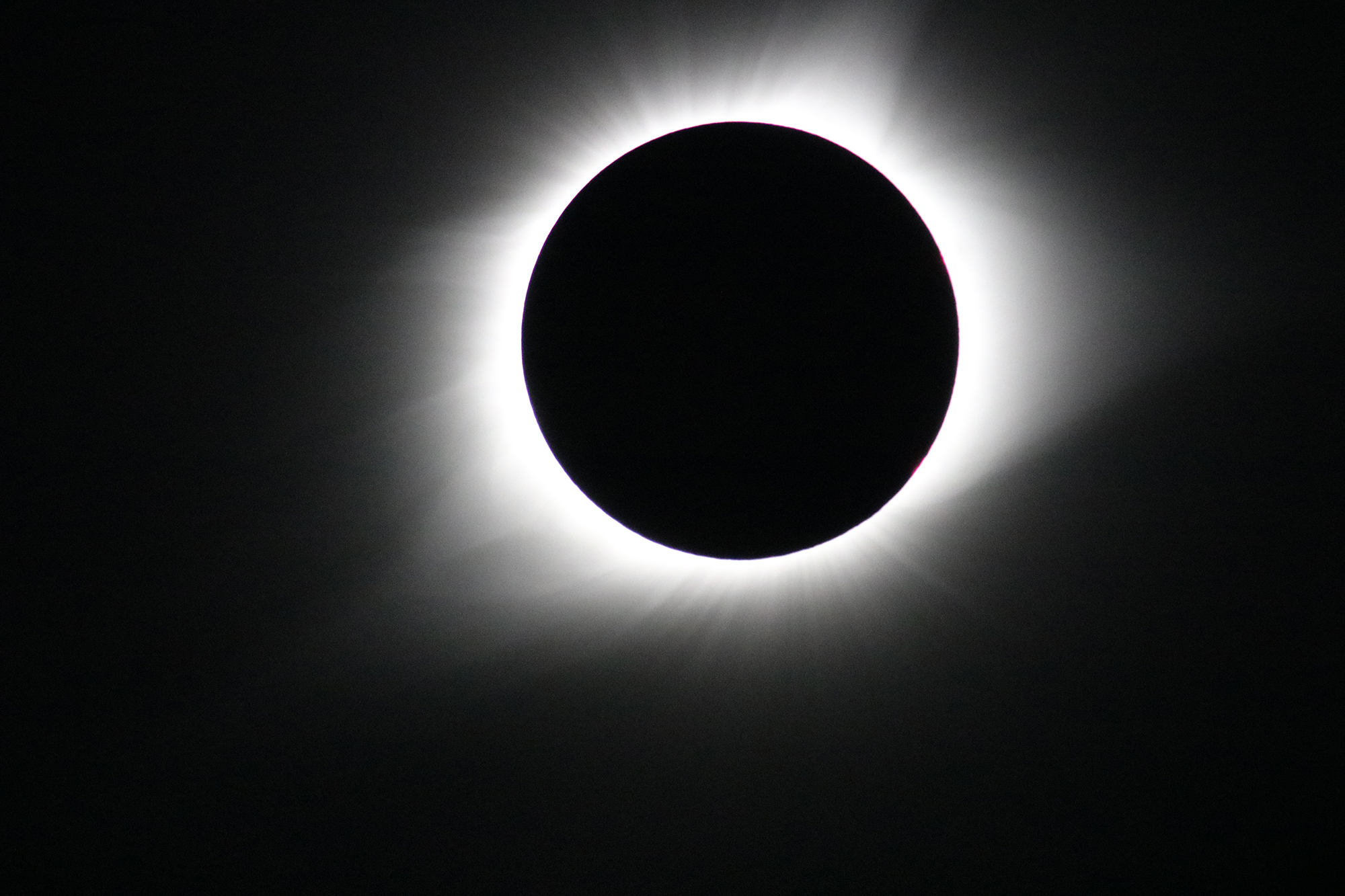Editor’s Note: For eclipse livestreams, visit NASA Live.

NASA has partnered with the Exploratorium in San Francisco to bring live views to people across the world of a total solar eclipse, occurring Tuesday, July 2, over South America. The eclipse will only be visible directly to observers within the path of totality, which stretches across parts of Chile and Argentina.
NASA will livestream three Exploratorium views via separate players on the agency’s website (all times EDT):
- Live views from telescopes in Vicuña, Chile, presented without audio, from 3 to 6 p.m.
- A one-hour program with live commentary in English, from 4 to 5 p.m.
- A one-hour program with live commentary in Spanish, from 4 to 5 p.m.
NASA Television will also carry the English-language program on its public channel. Both programs will feature updates from NASA’s Parker Solar Probe and Magnetospheric Multiscale missions.
Studying the Sun during total solar eclipses helps scientists understand the source and behavior of solar radiation that drives space weather near Earth, which can affect the health of astronauts in space and the durability of materials used to build spacecraft. Similar data will be important in planning NASA’s return of astronauts to the Moon in 2024 and eventual crewed missions to Mars.
For more information, download this NASA flyer:
-end-
Grey Hautaluoma
Headquarters, Washington
202-358-0668
grey.hautaluoma-1@nasa.gov

























